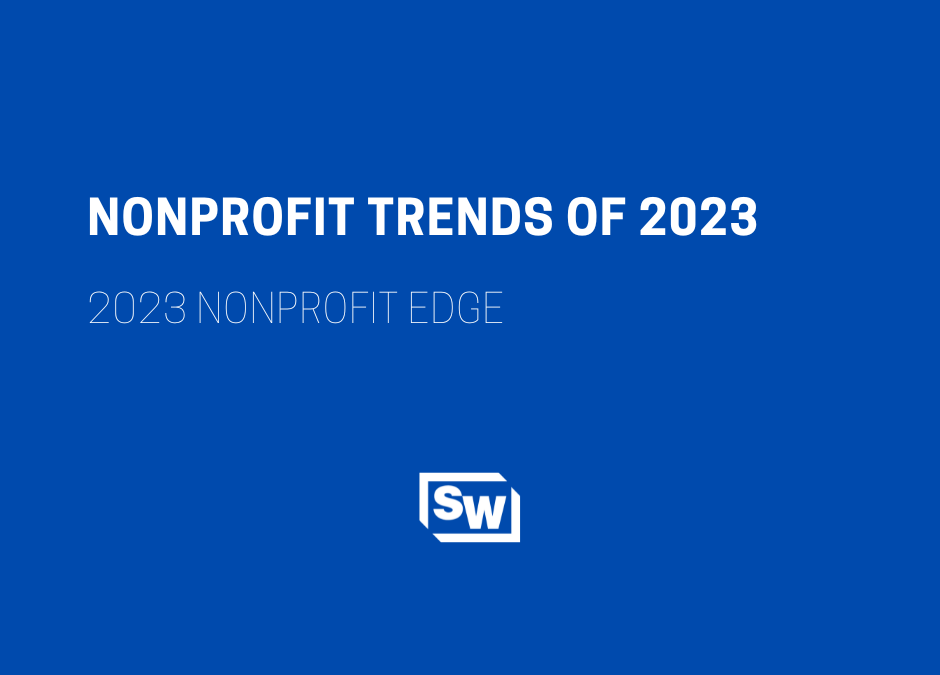The world is constantly changing, and it is up to each individual organization to adapt and continue thriving. The last few years have been challenging, from a worldwide pandemic to now a looming recession. Risk management and awareness of options are more important than ever.
With a change in laws for the individual itemized deduction brought on by the Tax Cuts and Jobs Act, individuals are increasingly looking to donor-advised funds to maximize their charitable potential. A donor-advised fund is a separately identified fund or account maintained and operated by a Section 501(c)(3) organization called a sponsoring organization. Each account is composed of contributions made by individual donors. Once the donor makes the contribution, the sponsoring organization has legal control over it. However, the donor, or the donor’s representative, retains advisory privileges with respect to the distribution of funds and the investment of assets in the account.
Legislation is not the only catalyst for changing a donor’s charitable giving preference. The rise of technology and fundraising through digitalization with personalization is becoming increasingly easier. It’s important for fundraisers to be supported with technologies that can be utilized to personalize communications to better secure funding, relay mission impact, and gain supporters. Younger donors are more tech-savvy and are inclined to support causes that are important to them. For example, platforms such as Twitch, an interactive livestreaming service for content, including gaming, entertainment, sports, music, and more, continue gaining momentum. Amazon owns Twitch and has added a charity Twitch function to aid in donor engagement. Fundraising from streaming can increase your annual fund, attract new and younger donors, and increase the racial diversity in your donor pool. ChatGPT also provides new avenues and possibilities for charities. Fundraising with intelligent digital assistants provides nonprofits with a unique opportunity to engage with donors. Expanding fundraising strategies beyond traditional fundraising campaigns by taking advantage of these tools can help create the immersive experiences donors are searching for today.
Technology can be applied not only for fundraising but for donor data analytics, as well. Artificial intelligence and machine learning can be applied to the data to precisely identify target audiences and deliver messaging and engagement opportunities that best align with their areas of interest. The more organizations utilize these technologies, the more intelligent the predictive outputs will be. There are several different digital fundraising tools to explore such as DonorBox, JustGiving, GoFundMe, and Fundly, resulting in less time spent managing donor portfolios and more time connecting with supporters.
Fundraising and the continuation of the life of nonprofit organizations cannot exist without effective leadership strategies. Leadership must assess cost management through several lenses: Where are things changing? How can we adapt? And how can we forecast for the future? Nonprofits succeed by analyzing past data while integrating new findings. The good news is that fundraisers have never before had such sophisticated tools to inform those decisions.
By Svetlana Svetlichnaya, CPA

